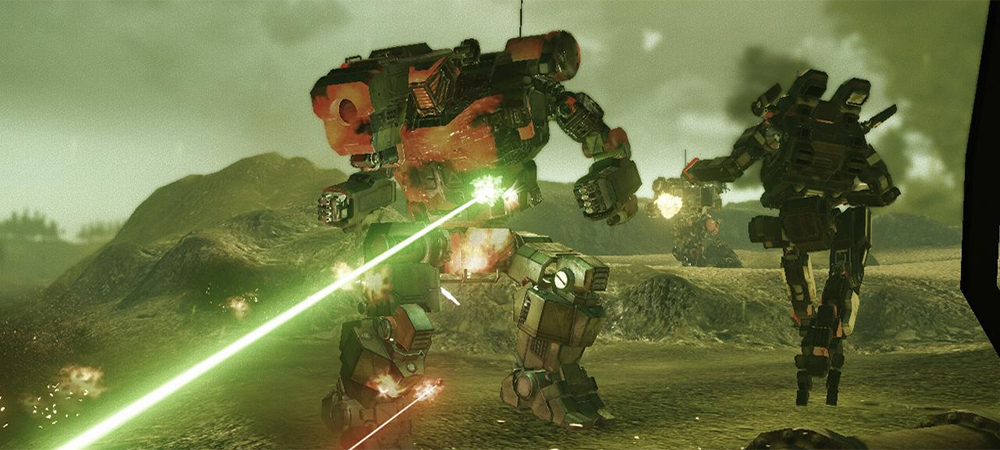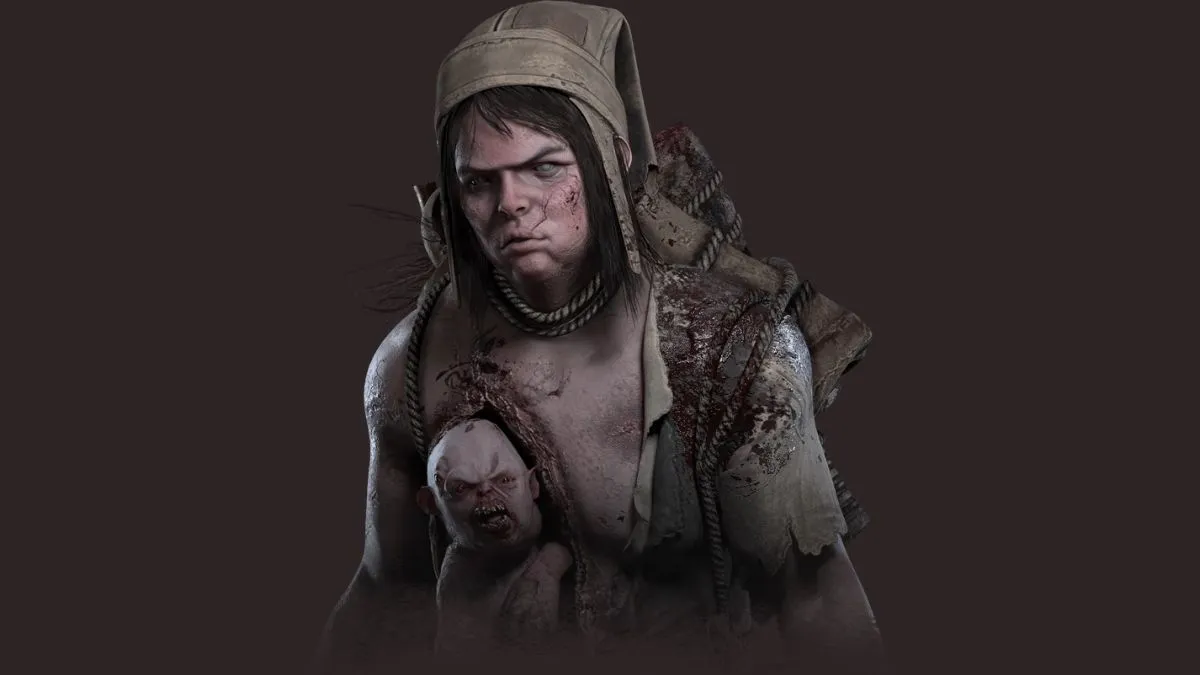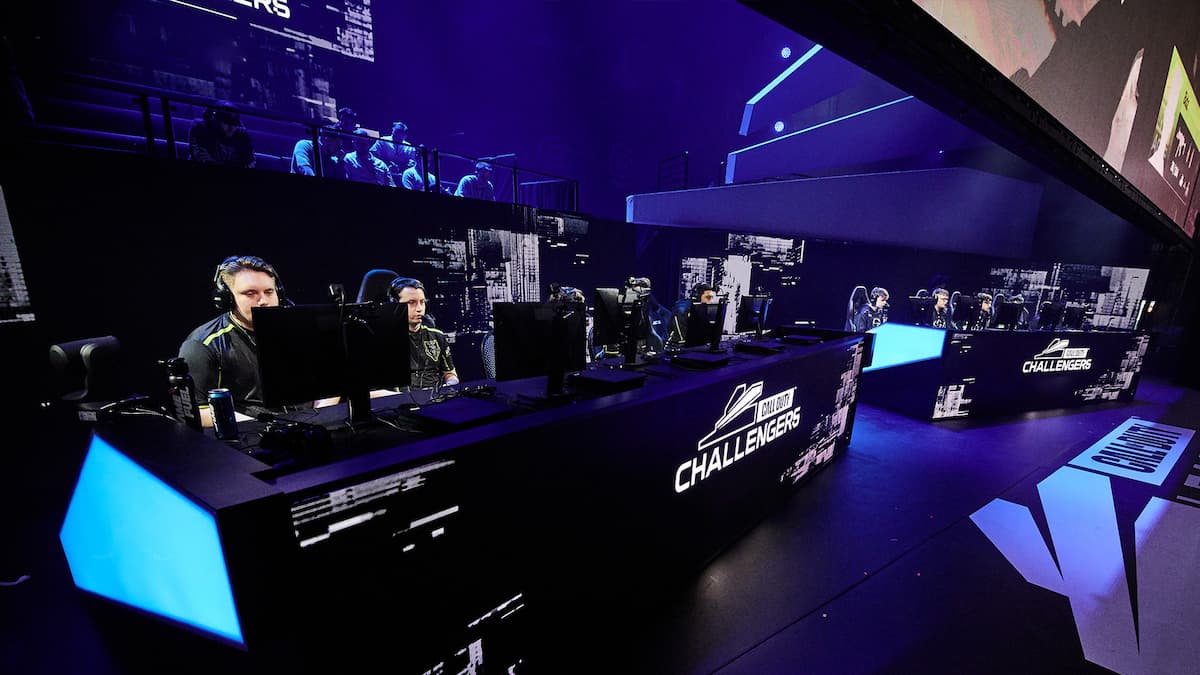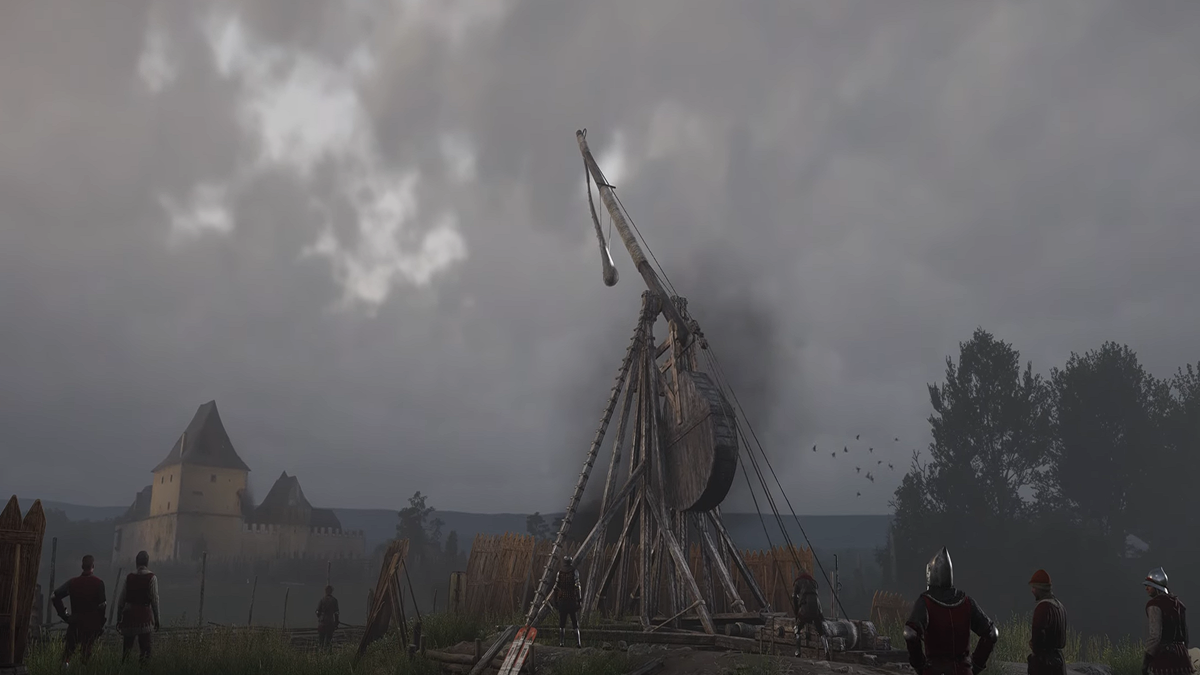All systems nominal
With MechWarrior Online hitting Steam, there are bound to be a lot of new pilots climbing into the cockpit for the very first time. But getting started might not be the easiest thing in the world. MechWarrior is a little more complicated than your typical online FPS, with plenty of quirks and eccentricities all its own. Add to that a hardcore playerbase that has spent the last three years learning these systems inside and out, and you might not receive the most welcoming introduction to the battlefields of the Inner Sphere.
This quick tips guide will hopefully help get new pilots up to speed and on their way to giant robot carnage as soon as possible.

Movement:
- Mechs are large, clumsy machines that move at a deliberate pace. There is no strafing side-to-side for these beasts and accelerating or coming to a stop takes a moment, so you really need to think about where you are going before you commit yourself to a course. If you’re piloting anything heavier than a light mech, always plan your actions out instead of moving willy nilly, or you might get caught in a crossfire with no way to retreat.
- Remember that you will always move in the direction your legs are pointed, not necessarily where you are looking. A mech’s torso can swivel like a turret while its legs take it in a different direction. It may be helpful (and hilarious) to picture them as tanks on stilts.
- The C and F buttons will center your aim in the forward direction of your mech, or bring your legs to the same bearing as where you are aiming. Being able to center your view or movement after a disorienting fight can be a lifesaver.
- Try the tutorial and some of the newbie UI options if you have trouble getting the hang of it.
Aiming and locking:
- One of the odd things about MWO is that there are two different aiming reticles on the HUD representing weapons mounted on the arms and legs. The arm-lock feature will be enabled by default on new accounts, which means the arm and torso weapons will move and aim in sync. Turn that crap off right away. Learning to aim independently with the arms and torso is a crucial skill that you should start developing sooner rather than later.
- The torso crosshairs’ range of motion is limited by a mech’s ability to bend and pivot. Considering we’re talking about robots the size of small apartment buildings, they’re typically not very agile. Being able to independently aim with the arms allows you to strike at more angles. But it also means you need to be careful when firing weapons from both groups as once — it can be easy to take your arms way off target while trying to make a slight adjustment with your torso. Coordinate your firing groups accordingly.
- Pressing R will lock on to the nearest enemy mech you can see, or indirectly if a teammate has a lock on someone. They cover this in the tutorial, but I want to stress it: PRESS R. The number one thing you can do to improve your play as a new player is to be constantly acquire locks. Locking onto a mech not only shows you where they are and the range they are from you (important since every weapon has a maximum range) but their status information and armor condition, absolutely essential for knowing what you are up against and where you should aim. Pressing R is love. Pressing R is life. People who don’t press R are bad people. They don’t have souls. Don’t be one of those people.

Heat:
- Mechs build up heat as they fire weapons and shut down if you push it too far. If you’re desperate to get off one more shot while riding the line, you can override the automatic shutdown by pressing the O key by default. This is some risky business though as every moment you spend past the heat threshold will cook the internals of your mech. Make sure that shot is worth gambling against an embarrassing suicide.
- When building a mech, you need to find a balance between firepower and the cooling required to use it. Having a huge arsenal of weapons won’t do much good if you can only fire them every 30 seconds or so. At the same time, being able to repeatedly fire a single laser till the end of time is just going to tickle the enemy. Generally, it’s better to run a little hotter and practice good fire discipline than to run super cool, but keep it sane.
- There are some byzantine rules about linking too many of the same weapons together commonly referred to as “ghost heat.” In an effort to combat front-loaded boat builds that pack all their offensive punch into a single mech annihilating strike, a balance change was made a long time ago that punishes mechs with exponential amounts of heat for firing several of the same weapon in one salvo. For example, firing three PPCs at once builds a toasty four PPC blasts worth of heat while firing four at once is all but guaranteed to crash a mech into an insta-shutdown. You can get around this by staggering your fire, but it’s still something to watch out for (the mechlab will warn you when building a mech that runs this risk).

Combat:
- Mechs are designed to take a beating, especially if you know how to roll with the punches. Instead of having a pool of HP that is depleted until death, damage in MWO is handled on a component-by-component basis. Mechs are made up of several parts with a layer of armor on each and an internal health value underneath. Knowing where to shoot (and where to take shots) is essential. You can shamble around like some horrible 90-foot-tall Frankenstein’s monster after losing your arms, side-torsos, and even a leg. But if the internals of your center core are destroyed, the cockpit in the head gets melted, or both legs are disabled, you’re done.
- Knowing how to tank damage by intentionally exposing expendable parts of your mech to cover vulnerable ones is probably the single biggest dividing line between ace pilots and average players. Twisting your torso to spread damage evenly between components when under fire will sustain you where others fall. It’s better to lose half your armor over all your arms and torso pieces than to have an exposed chunk where your internals are vulnerable and full armor everywhere else.
- Don’t get tunnel vision while fighting. Mechs are slow and move in predictable directions. You can afford to take your eyes off an enemy for a second to twist and take a shot in the shoulder instead of the chest.
- The dark side to this knowledge is that it can also be exploited. Weapons that do all of their damage in one front-loaded burst (PPCs, IS auto-cannons, etc.) can do full damage on a single component and there is little an opponent can do about it.
- Some mechs are intentionally built with an asymmetric design that puts most of the firepower on one side of the mech. This is a blessing and a curse. When riding these, you can use the entire other side to soak up damage, making your mech’s arm a ghetto shield and that entire side torso a wall of meat for enemies to chew through. When a side torso is destroyed, damage done to it will bleed over into the center core, but only at a 50% rate, so it’s better to take shots to a damaged side than straight on. The downside is that it puts all your eggs in one basket. Lose the side of your mech with all the guns and you might as well call it “GG.”

- Along with the different limbs and sections of a mech, individual pieces of equipment like weapons can also be destroyed once a mech loses its armor. Occasionally, it can be a good idea to try and disarm an opponent before going for the kill (the Hunchback with its huge shoulder cannon is the classic example). Gauss rifles explode when destroyed and often rip an entire side of a mech apart when they go, so pay attention to what your enemy is packing and where.
- Contrary to what some people may tell you, there is no way to specifically target a weapon (shooting the barrel of a gun is no better than shooting the area right beside it, and no, heating up the area with lasers before shooting it with ballistics does nothing. I can’t believe some of these rumors are still around). The game rolls an RNG when an exposed area is hit to see what, if any, piece of equipment in a component is damaged. Machine guns and the shotgun like LBX cannons have an increased chance to damage equipment and Clan targeting computers can improve those odds as well.
- When building a mech, it’s a good idea to pad a sensitive piece of equipment if possible by stacking expendable things like heat sinks and electronics to better your odds. Oh yeah, there is a chance that ammo can explode if hit by enemy fire, so keep that extra ammo in the knees where it will do the least harm.

Building your mech:
- Despite several redesigns over the years, customizing a mech in the mechlab is still a Kafka-esque nightmare of menus, drop-down lists, and microscopic fine print. I guess building robots is going to be complicated no matter how you try and slice it. Being effective in the mechlab is just as important as being effective in the battlefield though, so you’re going to have to learn its quirks sooner or later.
- I recommend tinkering around with your builds in a third-party mech builder like Smurfy when trying to plan out your changes. It’s a cleaner interface that’s easier to use and you won’t be risking thousands of your space-dollars on an accidental mis-click.
- Always invest in the double-heatsink upgrade if a mech doesn’t come with it. Despite more than a few attempts at balancing it out, double-heatsinks are ALWAYS worth taking, and mechs that don’t run them are obsolete out of the garage. Endo-steel always saves more weight than the ferro-fibrous upgrade and takes up the same number of critical slots, so always go for that one first between the two.

Your first robots (hopefully on the cheap):
- Building a garage of personalized killer robots is one of the best parts of MechWarrior. However, mechs are expensive, C-bills don’t grow on trees, and garage space is at a premium, so you want to make the best purchasing decisions you can. Accounts start with four mech bays (essentially character slots) for you to fill in with your own mechs by default. Seems like plenty, but they fill up fast.
- Progression in the mech skill trees depends on owning three chassis of the same kind of mech, so four bays will limit you to one particular brand of ride, or require some extremely tedious re-selling and re-buying. Mech bays can only be purchased with real money unfortunately, but diligent spendthrifts can earn free ones by participating in fairly regular weekend events and dipping their toes into the various faction play options (you unlock a free mechbay fairly early in the progression for each house or clan and are free to bounce between them after fleecing them for the reward).
- When buying a mech, you have to consider the cost of equipping it as well as the flat cost of the mech. Upgrades like endo-steel frames and double heat sinks are essential and bloat the sticker price of a mech. XL engines are used in several popular Inner Sphere mechs and cost millions of C-Bills on their own. Again, pre-planning your builds in a third-party builder is a smart move.
- You can move engines around between mechs, so try and purchase ones that you can reuse in several mechs (my single XL 255 engine is swapped between basically half of my medium and light mechs). The XL 300 is also used in many popular builds and might be a wise investment.
- You’ll notice when buying mechs that there is a divide between Inner Sphere tech and Clan tech. For folks unfamiliar with BattleTech lore, these basically represent two different sides of a galactic conflict. Clan mechs cost more than their IS equivalents, but you get what you pay for — and here is the part of the guide where I make a lot of enemies — because Clan stuff is generally better.

- Outside of any lore affiliations, in-game, the choice between Clan and IS represents a difference in power and playstyle. Clan mechs come equipped with XL engines (that don’t explode when you lose a side compared to the fragile IS equivalent), double heat sinks are standard, and many come with upgrades like endo-steel pre-installed. So while the sticker price is higher, it’s also a little closer to what you actually pay in the long run. By and large, Clan tech is lighter, hits harder, and has greater range than IS tech. On the downside, Clan weapons tend to fire in volleys or bursts and their lasers take longer to do full damage (all the more reason to twist and spread the damage). The potential to do A LOT more damage than IS mechs exists, but you need a steady hand to really take advantage of it. Clan weapons also generate more heat on average.
- In default game modes, you aren’t locked into either side and are free to fill your garage with whatever mechs you want. If you plan on getting deep into the Community Warfare aspect of the game though, you will naturally want to focus on one team eventually.
- On the bright side for the IS, several mechs have positive “quirks” that let them leverage unique attributes with certain weapons, or give them a little more durability than their armor rating may imply. If you pay attention and build towards them, some IS mechs can be just as powerful (or more) than Clan mechs and cheaper if you can swap around parts.
- On the IS side, the Blackjack line of mechs are relatively cheap, has great high-mounted weapon hardpoints (they can peek over a ridge and fire without exposing too much of themselves) and thanks to a few quirks, can do surprising damage (the 1X with six medium lasers in the arms is a beast). You can also look into the heavier Thunderbolts with laser quirks if you want to make an impression, or the nimble Firestarter if the idea of backstabbing larger mechs appeals to you.
- For the Clans, the medium weight Stormcrow packs all the firepower of a heavy (and maybe some assaults) while staying incredibly mobile. Lovely hardpoint placements high on the torso and nose of the mech make it easy to use. The Timberwolf heavy is also a great (if expensive) choice with a ton of build flexibility — it’s the poster child of the franchise for a reason.

Good luck!
For a “very quick tips” post this guide went on, didn’t it? There are a lot of moving parts to keep track of in MWO and it can seem bewildering when starting out, but with a little practice and some patience, you’ll be reducing giant robots to scrap heaps in no time.




